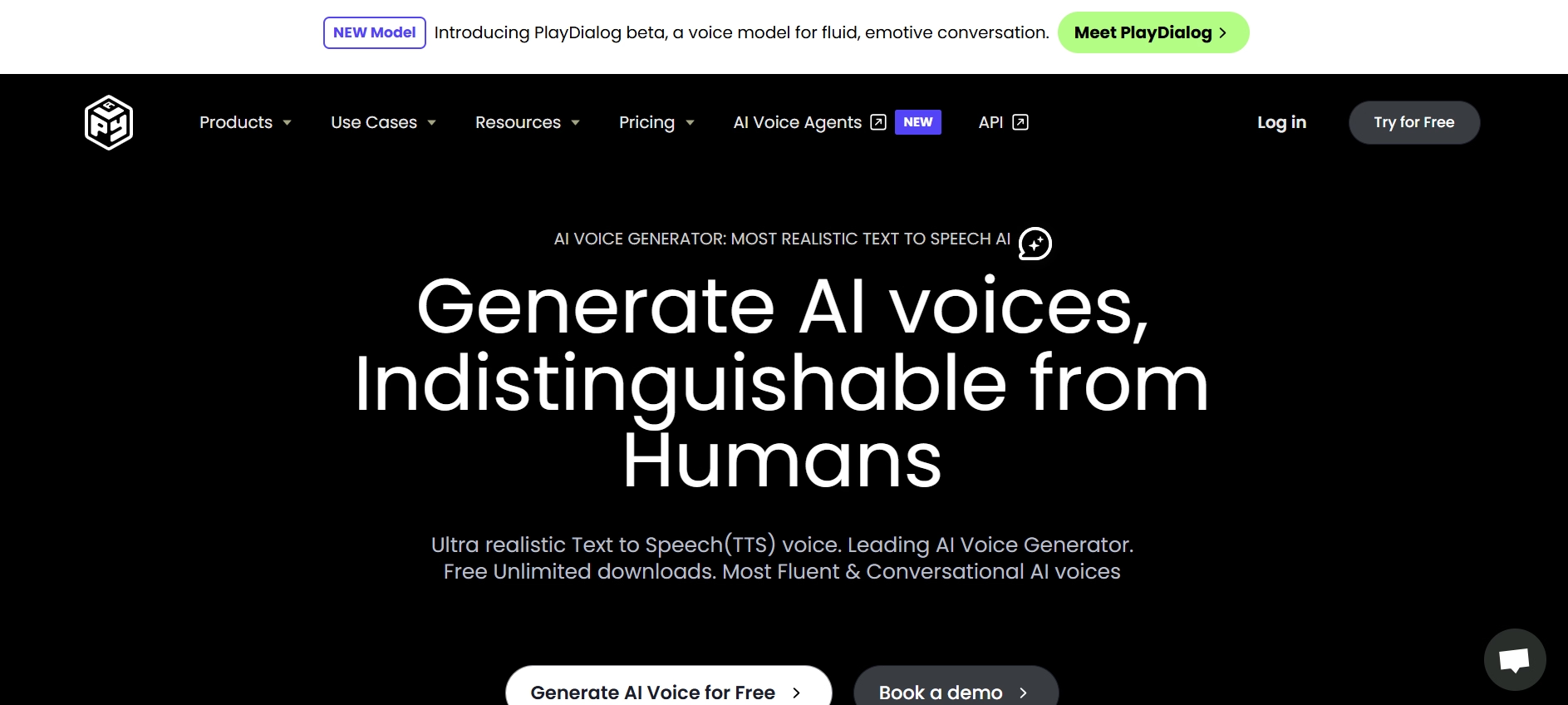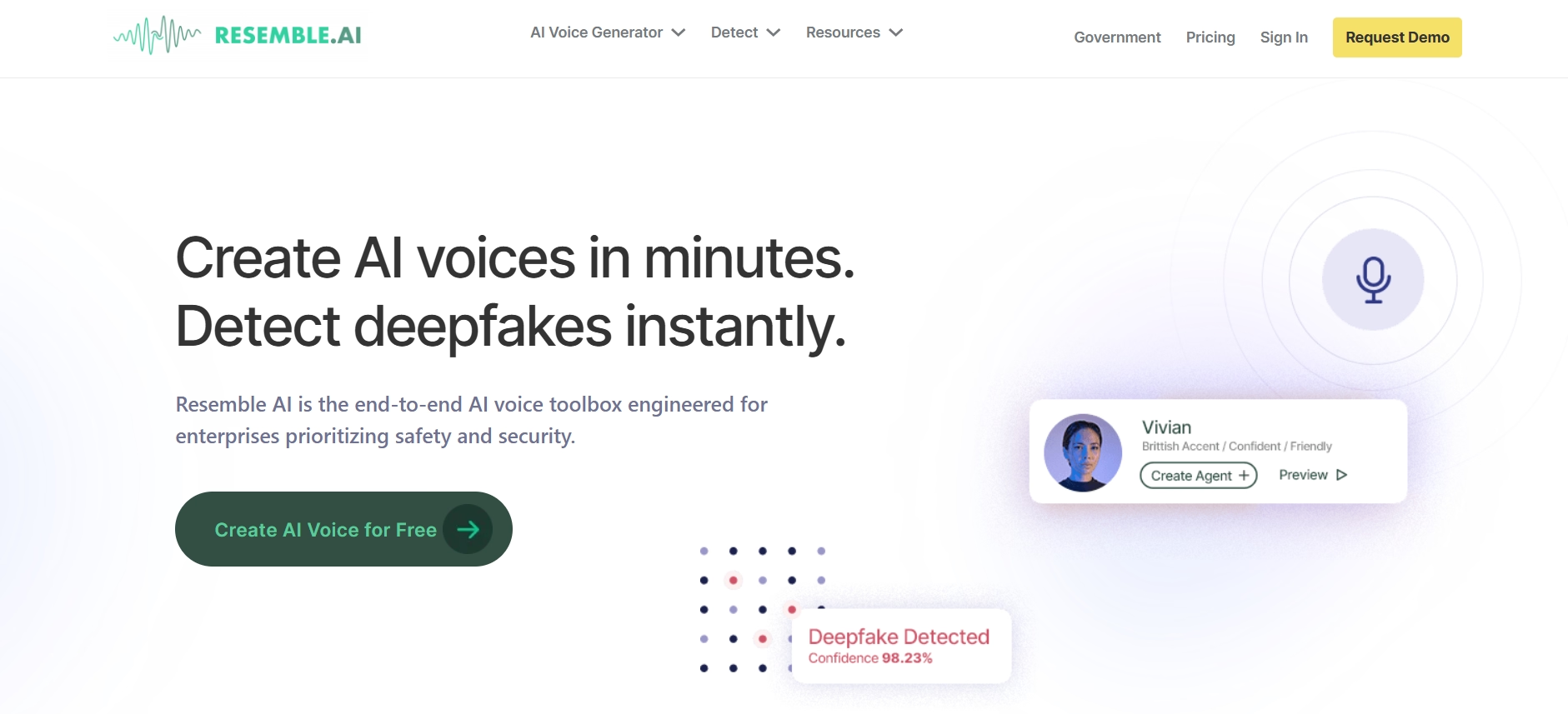In this comprehensive guide, we'll explore the transformative world of voice making technology and how it's revolutionizing content creation. You'll discover how modern voice generator tools are making professional voice content more accessible than ever, learn about the latest advancements in AI voice synthesis, and understand how to choose the right voice maker online platform for your needs. Whether you're a content creator, business owner, or educator, this guide will help you navigate the expanding landscape of voice synthesis software and custom voice creation tools.
The Evolution of Voice-Making Technology
The journey of voice synthesis technology has been remarkable, transforming from basic robotic sounds to today's natural, emotion-rich voice generation. Understanding this evolution helps appreciate the sophisticated capabilities now at our fingertips, especially with the emergence of professional voice maker solutions.
Traditional Voice Production Methods
Traditional voice content creation relied heavily on professional voice actors, recording studios, and extensive post-production work. This approach, while effective, came with significant challenges:
- High production costs and resource requirements
- Lengthy production timelines and scheduling constraints
- Limited flexibility for content updates or modifications
- Complex coordination among multiple stakeholders
The need for a better solution led to the first text-to-voice technologies. However, these early attempts were not as realistic as the voice makers we have today.
Rise of AI-Powered Voice Generation
The emergence of AI voice generator technology marked a turning point in content creation. Advanced machine learning algorithms began analyzing vast amounts of human speech, leading to increasingly natural-sounding synthetic voices. This technological leap made professional voice content more accessible to businesses of all sizes. Modern voice generator tools can now produce content that rivals human recordings in quality and expressiveness.
Current State of Voice Technology
Today's voice making technology offers unprecedented capabilities. Modern voice synthesis software can generate natural-sounding speech in multiple languages, adapt tone and emotion to context, and even clone voices with remarkable accuracy. The integration of AI has transformed basic text to voice maker platforms into sophisticated content creation tools that serve diverse professional needs.
Understanding Voice Synthesis Software
Voice synthesis software has become increasingly sophisticated, offering capabilities that were once confined to professional recording studios. These systems now provide comprehensive solutions for creating custom voice content across various applications.
How Voice Generation Works
Modern voice generators use deep learning algorithms to analyze and reproduce human speech patterns. These systems process text input and convert it into natural-sounding audio, considering factors like intonation, rhythm, and emotional context. The best realistic voice maker platforms can now produce output that's nearly indistinguishable from human speech, making them valuable tools for professional content creation.
Key Features of Modern Voice Makers
Today's professional voice maker solutions offer comprehensive features designed to meet diverse content creation needs. Key capabilities include:
- Extensive language support with natural pronunciation
- Advanced voice customization options
- Real-time preview and editing capabilities
- Team collaboration features
- Multiple format support for input and output
These features combine to create powerful platforms that support professional-grade voice content creation across various use cases.
Benefits of AI Voice Generation
AI-powered voice generation brings numerous advantages to content creators. Using a voice maker online platform eliminates the need for expensive recording equipment and studio time. The primary benefits include:
- Significant cost reduction compared to traditional recording
- Faster content production and iteration
- Consistent voice quality across all projects
- Easy updates and modifications
- Scalable solution for growing content needs
Essential Features of Professional Voice Makers
When evaluating professional voice making solutions, certain features stand out as particularly important for creating high-quality voice content. Understanding these capabilities helps in selecting the right voice synthesis software for your specific needs.
Language and Voice Options
Professional voice makers should offer extensive language support and voice options. For instance, Speaktor provides access to over 50 languages with natural, clear pronunciation, making it ideal for global content creation. The platform's key language features include:
- Native-quality pronunciation across languages
- Multiple accent options for major languages
- Regional dialect support
- Gender and age variations in voices
- Custom voice development capabilities
Customization Capabilities
Advanced customization features in modern voice generator tools allow for precise control over voice output. Users can adjust speech parameters such as:
- Pace and rhythm of speech
- Tone and emotional expression
- Emphasis and pause placement
- Voice characteristics and personality
- Background noise and environment settings
File Format Support
Comprehensive file format support is crucial for seamless workflow integration. A professional voice maker online platform should support:
- Input Formats:
- PDF documents
- Text files (TXT)
- Word documents (DOCX)
- Rich text formats (RTF)
- Output Formats:
- High-quality audio (WAV)
- Compressed audio (MP3)
- Specialized formats for different platforms
Top Voice Making Solutions in 2025
The market offers several powerful voice making solutions, each with unique strengths. Understanding the capabilities of different platforms helps in selecting the right tool for your specific needs.

Speaktor: Advanced Voice Generation Platform
Speaktor stands out as a comprehensive voice maker online platform with exceptional capabilities. Its advanced voice synthesis software supports over 50 languages with natural pronunciation, making it ideal for global content creation. The platform excels in producing professional voice content through its sophisticated AI voice generator technology.
Key distinguishing features include:
- Extensive language support with native-quality pronunciation
- Advanced voice customization and creation tools
- Efficient file management and organization
- Team collaboration capabilities
- Multiple format support for seamless workflow integration

Murf: Versatile Voice Creation Tool
Murf has established itself as a capable voice generator tool in the market. With 120+ AI voices across 20 languages, it offers significant flexibility for content creators. The platform's strengths include:
- Wide range of voice customization options
- Voice cloning capabilities
- User-friendly interface
- Integration with popular content platforms
- Specialized features for marketing content

ElevenLabs: Emotion-Driven Voice Synthesis
ElevenLabs specializes in emotional voice generation through advanced AI technology. Supporting 32 languages, its sophisticated voice synthesis software excels in creating natural, emotionally resonant speech. The platform particularly stands out for:
- Advanced emotion and intonation control
- Contextually aware speech generation
- Voice cloning from short samples
- Long-form content optimization
- Professional audio quality output

Play.ht: Multilingual Voice Solution
Play.ht focuses on extensive language coverage with its professional voice maker capabilities. The platform offers 600+ AI voices across more than 60 languages, making it a strong choice for multilingual content creation. Notable features include:
- Comprehensive language support
- Enterprise-grade voice quality
- Marketing-focused voice templates
- Educational content optimization
- Flexible API integration options

Resemble AI: Brand Voice Platform
Resemble AI positions itself as a specialized realistic voice maker for brand-specific needs. The platform's strength lies in its ability to create highly customized voice solutions that maintain brand consistency. Key capabilities include:
- Advanced voice cloning technology
- Emotion modification tools
- Brand voice preservation features
- Multi-language support
- Professional audio processing
Implementing Voice Technology in Your Workflow
Successfully integrating voice making technology requires careful consideration of your specific needs and workflow requirements. This section explores key considerations for implementing a text to voice maker solution effectively.
Choosing the Right Solution
When selecting a voice making platform, you'll need to evaluate both technical and business requirements carefully. From a technical perspective, consider your content volume and frequency needs, along with the required language support for your target audience. Integration capabilities with existing systems, storage requirements, and security compliance are also crucial factors in the decision-making process.
Business considerations play an equally important role in platform selection. Evaluate your budget constraints and expected return on investment while considering your team size and collaboration requirements. The type of content you'll be creating, and its quality requirements should align with the platform's capabilities. Additionally, consider your timeline, scheduling demands, and long-term scalability needs to ensure the solution can grow with your organization.
Integration Best Practices
Successful implementation of voice synthesis software begins with a comprehensive pilot project to test capabilities and workflows. This initial phase helps identify potential challenges and optimization opportunities before full-scale deployment. Team training is essential for maximizing the platform's potential – ensure all users understand both basic functionality and advanced features that can enhance their workflow.
Quality control processes and guidelines should be established early in the implementation phase. Create standardized workflows for different content types to maintain consistency across projects. Regular evaluation and optimization of your voice generation processes will help ensure continued effectiveness and efficiency as your needs evolve.
Optimizing Voice Content
Content optimization in voice synthesis requires a multi-faceted approach. Regular quality assessments of generated content help maintain high standards, while consistent voice characteristic maintenance ensures brand continuity across all materials. Implement a system for ongoing refinement of customization settings based on performance monitoring and user feedback.
Workflow optimization is equally important for long-term success. Develop templates for common content types to streamline production and create comprehensive style guides for voice content to maintain consistency. Establish clear collaboration protocols and version control systems to manage content effectively across teams. Regular workflow evaluations help identify opportunities for improvement and efficiency gains.
Future of Voice Making Technology
The landscape of voice synthesis continues to evolve rapidly, with exciting developments on the horizon that will shape the future of voice generation. Understanding these emerging trends and innovations helps organizations prepare for future opportunities and challenges.
Emerging Trends
The voice making industry is experiencing significant technological advancement, particularly in emotional intelligence and personalization capabilities. Natural language processing continues to improve, while advanced neural networks enable more sophisticated voice generation. Real-time voice adaptation systems are becoming increasingly refined, offering new possibilities for dynamic content creation.
Market evolution is driving changes in how voice technology is used and implemented. We're seeing growing demand for branded voices and multilingual content, while voice commerce becomes increasingly important in the digital marketplace. The expansion of voice-enabled interfaces across various platforms is creating new opportunities for content creators and businesses alike.
Innovation in Voice Synthesis
Current innovations are focused on several key areas:
- Real-time voice adaptation and modification capabilities
- Enhanced contextual understanding and response
- More natural prosody and inflection patterns
- Improved multilingual translation and synthesis
- Advanced emotion modeling and control systems
What to Expect Next
The future of voice making technology promises even more advanced capabilities:
Near-Term Developments:
- Hyper-realistic voice synthesis
- Seamless language switching
- Advanced emotion modeling
- Enhanced accessibility features
- Improved collaboration tools
Long-Term Possibilities:
- Complete voice environment simulation
- Perfect voice cloning technology
- Real-time voice translation
- Adaptive voice personality systems
- Integration with extended reality platforms
Voice making technology has become an essential tool for modern content creation. With platforms like Speaktor leading the way in professional voice generation, creators have access to powerful tools for producing high-quality voice content efficiently and cost-effectively. As the technology continues to evolve, we can expect even more impressive capabilities that will further transform how we create and consume voice content.
Whether you're just starting with voice content creation or looking to upgrade your existing workflow, understanding these technologies and choosing the right voice maker online platform is crucial for success in today's digital landscape. The future of voice synthesis software is bright, and staying informed about these advancements will help you make the most of these powerful tools.


